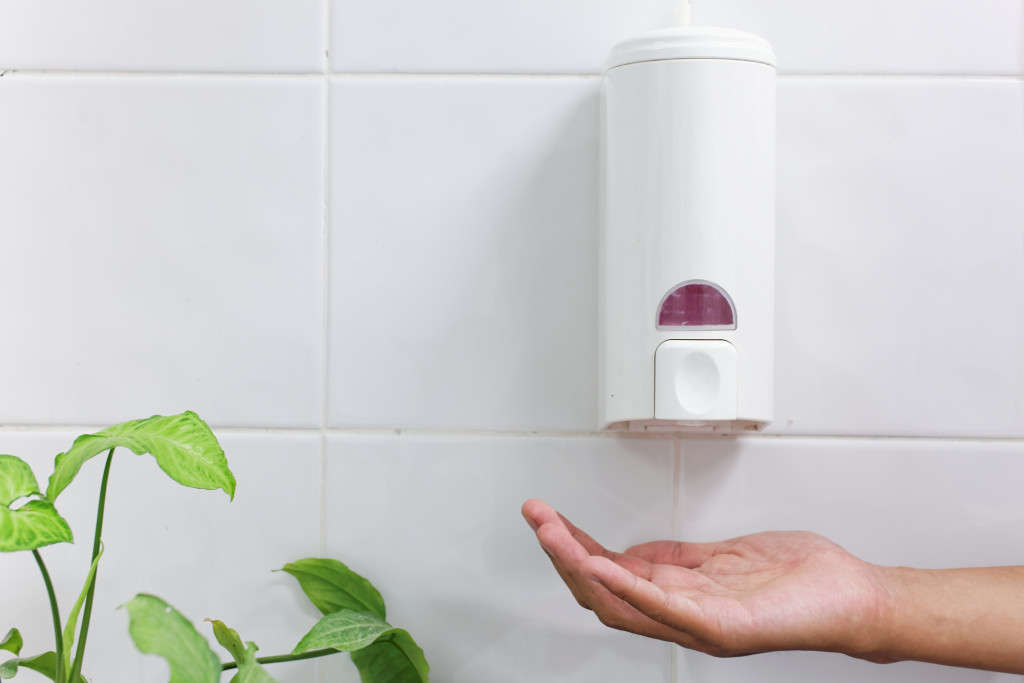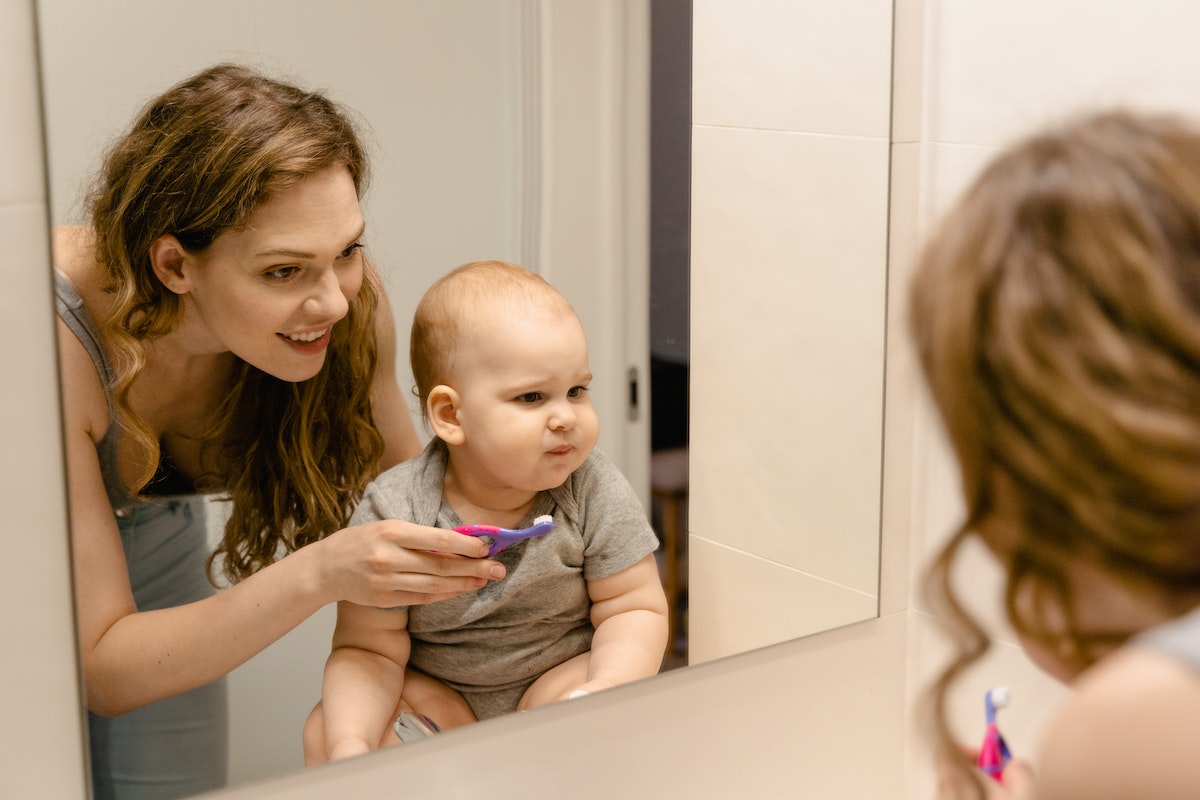Transportation is one of the sectors that were hit hard when COVID-19 started to enforce lockdowns and restrictions around the world. The difficulties in getting around will depend on where you live, since cities, states, and countries may have different rules when it comes to transportation. This has become a prime consideration for people who don’t have their own vehicles and rely on public rides such as buses, trains, and taxis to get around.
Safety has become a primary concern, along with convenience. Naturally, people want to know if it’s safe to take public transportation during this time. In New York City, the number of people who ride the subway has dropped 96% on April 12, which is the lowest number during the pandemic. It speaks volumes, knowing that the subway is the major mode of transportation in the Big Apple.
Also, the demand for public transit has dropped 53% since the beginning of the pandemic, as revealed by Transit, a mobile app that provides real-time public transit data. The result came from its analysis of 139 transit agencies across 68 metro areas and six countries.
But life needs to go on, and as countries are slowly easing lockdown measures and taking baby steps towards some sort of normalcy, public transportation is also resuming operations. Those who can’t afford to stay home, such as frontliners and people who need to go back to the office, have no choice but to take public rides. Transit also showed that since April, the ridership is beginning to bounce back.
How Safe Is It?
New measures are now put in place to make public transportation as safe as possible for commuters. Those who want to ride without a group of people will now rely heavily on ride-sharing services such as Uber and Lyft (which can also become a catalyst for a boost in automotive franchise opportunities). Many Uber and Lyft drivers have outfitted their vehicles with clear barriers between the front and backseats. They are also required to wear masks, and windows may be kept open to allow airflow and ventilation.
Buses and trains have incorporated their own safety measures as well. They represent the highest level of risk since you will be inside an enclosed space with a bunch of people. This means limiting the number of people inside a bus or subway car and making passengers wear masks and/or face shields to lessen the chances of infection. Subway trains are also replacing the filtered air inside the cars more frequently than usual.
If you are one of those who have no choice but to take public transportation, here are ways to keep yourself as safe as possible.
Always Wear a Mask and Use Hand Sanitizer

It has become mandatory for people to wear masks in many cities, and travelers can be fined if they don’t follow the rules. Aside from covering your face, you should always carry a sanitizer with you and use it as often as you can, especially if you’re touching surfaces during your ride.
Practice Social Distancing
How far away you have to be from another person will depend on the rules in your city or state, but it’s wise to maintain at least a six-foot distance between you and the next person. Sitting on buses are easier to deal with since bus operators are allowing only one or two people per row.
Avoid Eating and Drinking During Rides
Many trains and buses already prohibit passengers from eating and drinking during the ride, but if you get into one that does not have such a rule, take the initiative and save the food and drinks for later. This way, you can keep your mask on and avoid germs from getting into your food or beverage.
Avoid Rush Hours
There are fewer people outside than normal times, but rush hours are still something you have to watch out for. If possible, plan your schedule to avoid being jammed together with crowds, no matter small that may be. It’s trickier to observe social distancing rules during rush hour periods. So, try working on modifying your travel routes to avoid the rush hour.
Make Use of Contactless Technology
Mobile apps have made it easier for transportation services to enforce contactless payments. These eliminate, or at least lessen, the need to exchange cash, which is a source of bacteria that can result in infection. There are also numerous options for contactless card payments you can use.
People should do their part in ensuring their health and safety; governments can only do so much to decrease the chances of COVID-19 infection. Ride and travel responsibly and make your environment a better place not just for you but also for the people around you.



